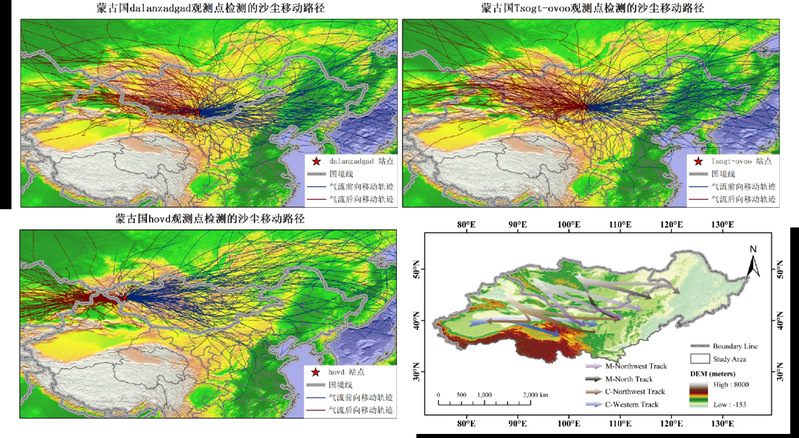Recently, Hasi Bagan, a researcher from SHNU Environmental and Geographical College, succeeded in applying for a national key research and development program of China Ministry of Science and Technology, with the title the Impact of Environmentally Changed Agriculture and Husbandry in Mongolia on Water Resources and Ecological Environment. As the special program affiliated to Intergovernmental International Cooperation in Science and Technology, it is also the first program of national research and development plans, and the first key program of national innovation awarded to SHNU.
Cosponsored by Institute of Genetics and Developmental Biology of China Academy of Sciences and National University of Mongolia (NUM), the program focuses on the water resources and ecological destruction arising from agricultural and husbandry development in Mongolia and reveals the impact mechanism of climatic changes and human activities on Mongolian land uses, the future development forecast of its national husbandry, and the specific influences of husbandry on water resources and ecological environment, as well as the interactions between agricultural water runoffs and underground water development. The research results would provide scientific instructions on Mongolian agricultural and husbandry development, leading to a win-win mode between China and Mongolian agricultural development so as to ensure the ecological security of China’s North.
The following is a sand-dust movement route detected at sites of Dalanzadgad, Tsogt-ovoo and hovd in Mongolia, as weel as the features of strong sand-dust movement between March and June from 2016 to 2020.




